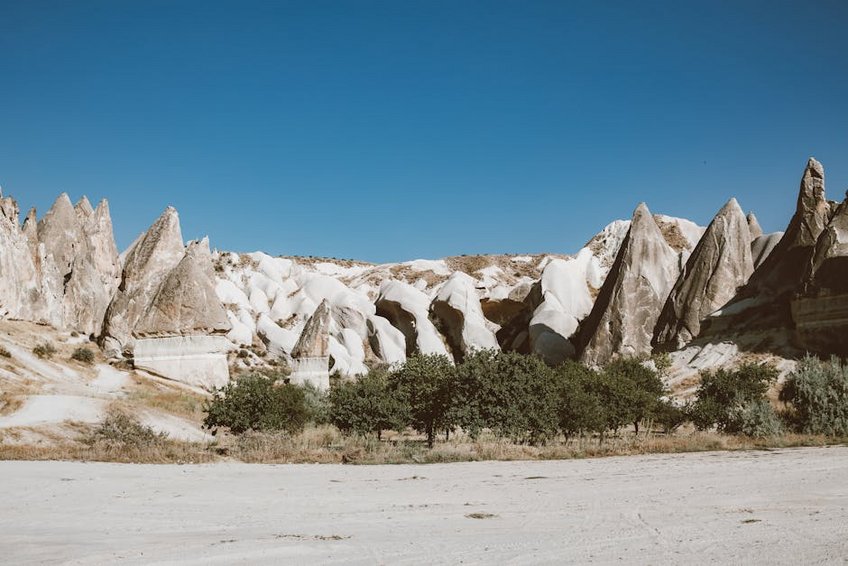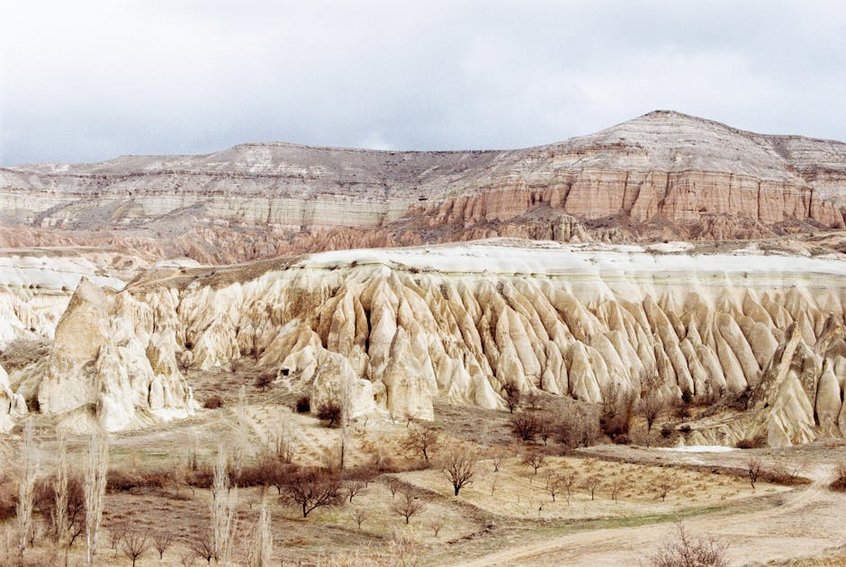Ayder Plateau: Your Ultimate Travel Guide to Turkey’s Hidden Alpine Paradise
Nestled high in the lush Kaçkar Mountains of northeastern Turkey, the Ayder Plateau offers a breathtaking escape into nature that feels worlds away from bustling city life. This stunning highland meadow, sitting at approximately 1,350 meters above sea level, presents visitors with an unforgettable combination of natural hot springs, traditional wooden houses, and spectacular mountain vistas. The Ayder Plateau experience is characterized by its authentic Black Sea culture, incredible hiking opportunities, and the chance to disconnect completely while surrounded by some of Turkey’s most pristine landscapes. Whether you’re seeking outdoor adventure, cultural immersion, or simply a peaceful retreat in nature, this destination delivers an experience that stays with you long after you’ve returned home. The plateau serves as the perfect base for exploring the surrounding Kaçkar Mountains National Park, making it ideal for travelers who want to combine comfort with adventure.
Ayder Plateau Essential Information – What Every Traveler Should Know
Before embarking on your journey to Ayder Plateau, understanding the basic logistics will help you plan a smoother and more enjoyable trip. The plateau is located in Rize province, approximately 75 kilometers from the city of Rize and about 20 kilometers from the town of Çamlıhemşin, which serves as the main gateway to the region. The area experiences a humid subtropical climate despite its altitude, resulting in incredibly lush vegetation and frequent rainfall that creates the stunning green landscapes the region is famous for. The best way to reach Ayder Plateau is by road, though the journey involves navigating winding mountain roads that require careful driving. The local population consists mainly of ethnic Laz and Hemsin people, who maintain their unique traditions, architecture, and culinary practices, offering visitors an authentic cultural experience unlike anywhere else in Turkey.
Geographical Location and Climate – Understanding the Environment
- Located in the Kaçkar Mountains at 1,350 meters elevation, with surrounding peaks reaching over 3,000 meters
- Humid subtropical climate with cool summers (15-25°C) and cold, snowy winters (-5 to 5°C)
- Receives significant rainfall throughout the year, with the lushest vegetation appearing April through October
- Budget travelers can manage with $40-60 per day by staying in basic guesthouses, eating at local establishments, and focusing on free activities like hiking
- Mid-range visitors should budget $80-120 daily for comfortable hotels, restaurant meals, guided day hikes, and thermal spa visits
- Luxury experiences cost $150-250+ per day including boutique hotels, private guides, and special activities like helicopter tours or multi-day trekking expeditions
- Kaçkar Mountains Official Tourism Information
- Lonely Planet Ayder Plateau Travel Guide
Cultural Significance and Local Population – Connecting With Traditions
The Ayder Plateau region is home to primarily Hemsin and Laz communities, ethnic groups with distinct languages, traditions, and architectural styles that have been preserved for generations. The traditional wooden houses with their distinctive sloping roofs are designed to handle heavy snowfall in winter, while the local cuisine features unique dishes like muhlama (buttery cornmeal and cheese) and laz böreği (cheese-filled pastry). Visitors will notice the warm hospitality of the local people, many of whom still maintain semi-nomadic lifestyles, moving their livestock to higher pastures during summer months. This cultural richness adds depth to the travel experience, offering opportunities to learn about traditions that have remained largely unchanged for centuries.

Ayder Plateau Planning Your Trip – Seasons, Budget, and Preparation
Proper planning is essential for making the most of your Ayder Plateau adventure, as the remote location and variable weather conditions require thoughtful preparation. The ideal duration for a visit ranges from 2-4 days, allowing enough time to explore the plateau itself while also venturing into the surrounding mountains for day hikes or longer treks. Travelers should consider their fitness level when planning activities, as the terrain can be challenging with significant elevation changes. The plateau offers accommodation ranging from basic guesthouses to more comfortable hotels, though amenities are generally simpler than in urban areas. Advance booking is highly recommended during peak season (July-August) when the area receives the most visitors, though visiting during shoulder seasons (May-June or September-October) often provides better availability and milder weather for hiking.
Best Time to Visit Ayder Plateau – Seasonal Considerations
The optimal time to visit Ayder Plateau depends largely on your preferred activities and tolerance for weather conditions. Summer months (June-August) offer the warmest temperatures and most reliable weather for hiking, with wildflowers covering the meadows and waterfalls flowing at their strongest. However, this is also the busiest season, with higher accommodation prices and more crowded trails. Spring (April-May) brings spectacular greenery and rushing rivers from melting snow, though some higher trails may remain inaccessible. Autumn (September-October) provides stunning fall foliage and comfortable hiking temperatures, while winter (November-March) transforms the plateau into a snow-covered wonderland ideal for photography and enjoying the thermal springs in cold weather, though many facilities may be closed and road access can be challenging.
Budget Planning and Costs – Estimating Your Expenses
Essential Preparation Checklist – What to Bring and Arrange
Preparing adequately for your Ayder Plateau trip will significantly enhance your experience and comfort. Essential items include waterproof hiking boots with good ankle support, layered clothing for variable mountain weather, rain gear, and a daypack for excursions. Don’t forget swimwear for the thermal pools, cash (as ATMs are scarce), and any necessary medications since pharmacies are limited. International travelers should ensure they have appropriate travel insurance that covers mountain activities and emergency evacuation. If planning to hike independently, obtain detailed maps and consider downloading offline navigation apps since cellular service can be unreliable in the mountains. Finally, learning a few basic Turkish phrases will greatly enhance your interactions with local residents who may speak limited English.
Ayder Plateau Top Attractions and Activities – Experiences Not to Miss
The Ayder Plateau and its surrounding area offer an incredible array of activities that cater to various interests and fitness levels. Nature lovers will find endless opportunities for exploration, from gentle walks through flower-filled meadows to challenging multi-day treks into the high Kaçkar Mountains. The region’s famous thermal springs provide relaxation after active days, while cultural experiences offer insight into local traditions. Adventure seekers can try river rafting on the Fırtına River, while those seeking tranquility will find plenty of peaceful spots for meditation or photography. The combination of natural beauty, cultural richness, and outdoor activities creates a destination that rewards both active exploration and simple appreciation of its stunning landscapes.
Must-See Highlights – Iconic Ayder Plateau Experiences
No visit to Ayder Plateau is complete without experiencing its signature attractions, starting with the famous thermal springs that have drawn visitors for centuries. The Ayder Thermal Baths offer mineral-rich waters at temperatures around 50-60°C (122-140°F), surrounded by stunning mountain views. The nearby Fırtına River Valley presents incredible opportunities for photography, with its ancient stone bridges and rushing turquoise waters. For panoramic views, make the journey to the nearby Pokut and Sal plateaus, which offer even more remote and pristine highland landscapes. The traditional wooden architecture of the area, particularly the beautifully preserved houses and mosques, provides fascinating cultural insight and excellent photo opportunities. Finally, sampling local honey—famous for its unique flavor from mountain flowers—is an essential culinary experience.
Hidden Gems and Local Favorites – Beyond the Tourist Trail
While the main attractions are undoubtedly worth visiting, exploring beyond the typical tourist path reveals the true magic of Ayder Plateau. The village of Yukarı Kavron offers a more authentic experience with fewer visitors and spectacular access to high mountain trails. The Gelintulu Waterfall, located about 5 kilometers from the plateau center, provides a more secluded alternative to the more popular waterfalls in the area. For cultural immersion, visit during the traditional transhumance periods (late May or September) when local shepherds move their flocks between seasonal pastures—a centuries-old practice that offers incredible photographic opportunities. Early morning walks through the misty meadows often provide wildlife sightings, including bears, wolves, and numerous bird species that call this protected area home.
Ayder Plateau Practical Travel Information – Transportation and Accommodation
Navigating the practical aspects of visiting Ayder Plateau requires some advance planning due to its remote location and limited infrastructure. Transportation options include renting a car for maximum flexibility, though the winding mountain roads demand confident driving skills. Public transportation is available but limited, with dolmuş (shared minibuses) running regularly from Çamlıhemşin but on reduced schedules outside peak season. Accommodation ranges from basic family-run guesthouses (pansiyons) to more comfortable hotels, with many offering spectacular mountain views and traditional architecture. Advance reservations are essential during summer months and national holidays when the area experiences its highest visitor numbers. Despite its growing popularity, the plateau maintains a relatively undeveloped atmosphere with limited shopping options, so visitors should come prepared with necessary supplies.
| Accommodation Type | Features and Amenities | Price Range (USD per night) |
|---|---|---|
| Guesthouses (Pansiyons) | Basic rooms, shared bathrooms, home-cooked meals, family atmosphere | $25-50 |
| Mid-Range Hotels | Private bathrooms, heating, restaurant, sometimes thermal access | $60-120 |
| Boutique Hotels | Traditional architecture, luxury amenities, guided activities, panoramic views | $130-250+ |


